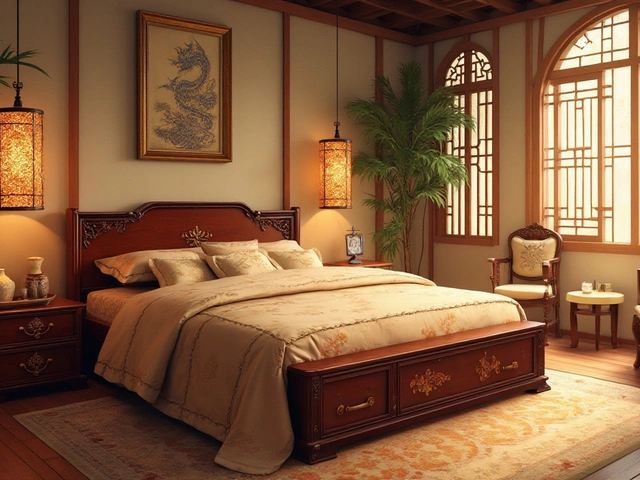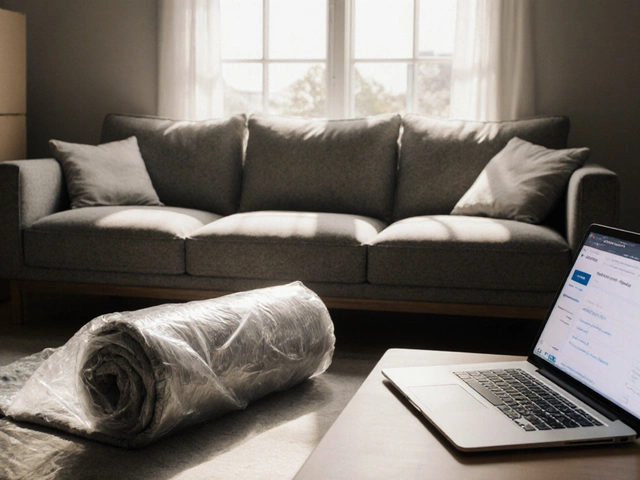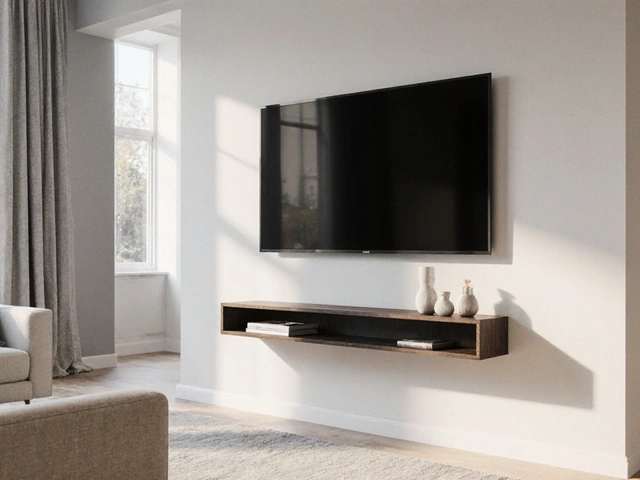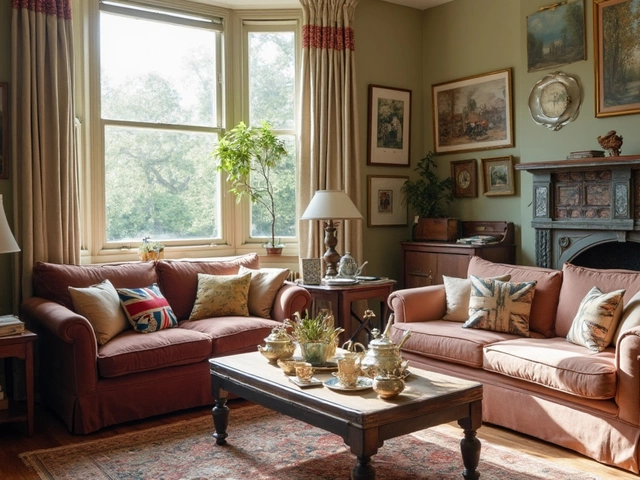Couch Quality: Choosing a Sofa That Lasts and Looks Great
When you sit on a couch, you want it to feel solid, stay comfy, and keep its shape for years. Yet many shoppers end up with a sofa that sags or frays fast. The good news is you can spot a quality couch before you buy it. Below are the main things that separate a long‑lasting sofa from a budget disappointment.
Key Factors That Define Couch Quality
Frame material. The strongest frames are made of kiln‑dried hardwood like oak, beech, or ash. These woods resist warping and hold up under daily use. Cheaper sofas often use particle board or soft pine, which can crack when the weight shifts.
Joinery. Look for joints that are glued, doweled, or screwed—not just stapled. Corner blocks and reinforced side panels add extra strength. A quick flip of the cushion can let you check how tight the frame feels.
Cushion core. High‑quality cushions use high‑density foam, pocket springs, or a blend of both. Foam that’s too soft will flatten quickly, while spring systems give bounce and support. If the cushion feels rock‑hard, it may be low‑density foam that won’t recover.
Upholstery fabric. Durable fabrics like polyester blends, microfiber, or performance leather stand up to spills and pet hair. Natural fibers such as cotton can look great but may wear faster unless they’re tightly woven and treated.
Legs and hardware. Metal legs (steel or aluminum) with a powder‑coat finish resist scratches. Wooden legs should be well‑finished and securely attached. Loose legs are a red flag.
Practical Tips for Buying a High‑Quality Sofa
Start by testing the sofa in the store. Sit, lie down, and shift weight to see if it creaks or sags. Ask the retailer about the frame wood grade and whether the joints are glued and screwed.
Don’t ignore the warranty. A good manufacturer will offer at least a 5‑year warranty on the frame and a 2‑year warranty on cushions. This shows confidence in their build.
Consider the sofa’s intended use. A family room with kids needs tougher fabric and a sturdy frame, while a formal lounge can get away with finer upholstery. Match the level of traffic to the materials you choose.
Measure the space carefully. A sofa that’s too big will crowd the room, while one that’s too small can look out of place. Use a tape measure and draw a simple layout before you buy.
Finally, set a realistic budget. Prime quality sofas cost more upfront, but they save money in the long run because you won’t need to replace them often. Look for sales or outlet sections where high‑grade models are discounted.
By focusing on frame, joinery, cushion core, fabric, and warranty, you’ll be able to tell a quality couch from a quick‑fix. Choose a sofa that feels solid, stays comfortable, and fits your style – and you’ll enjoy it for years to come.





